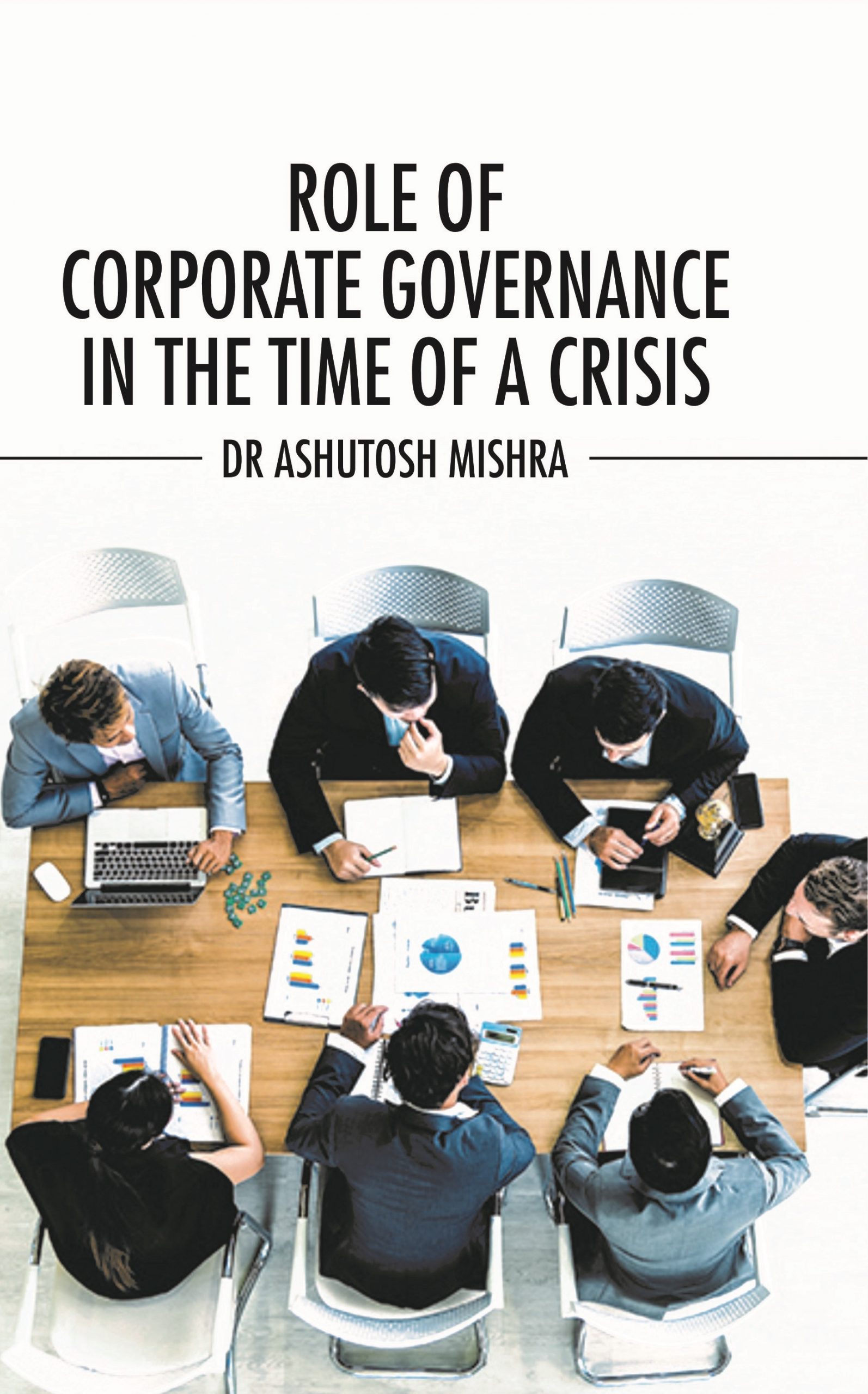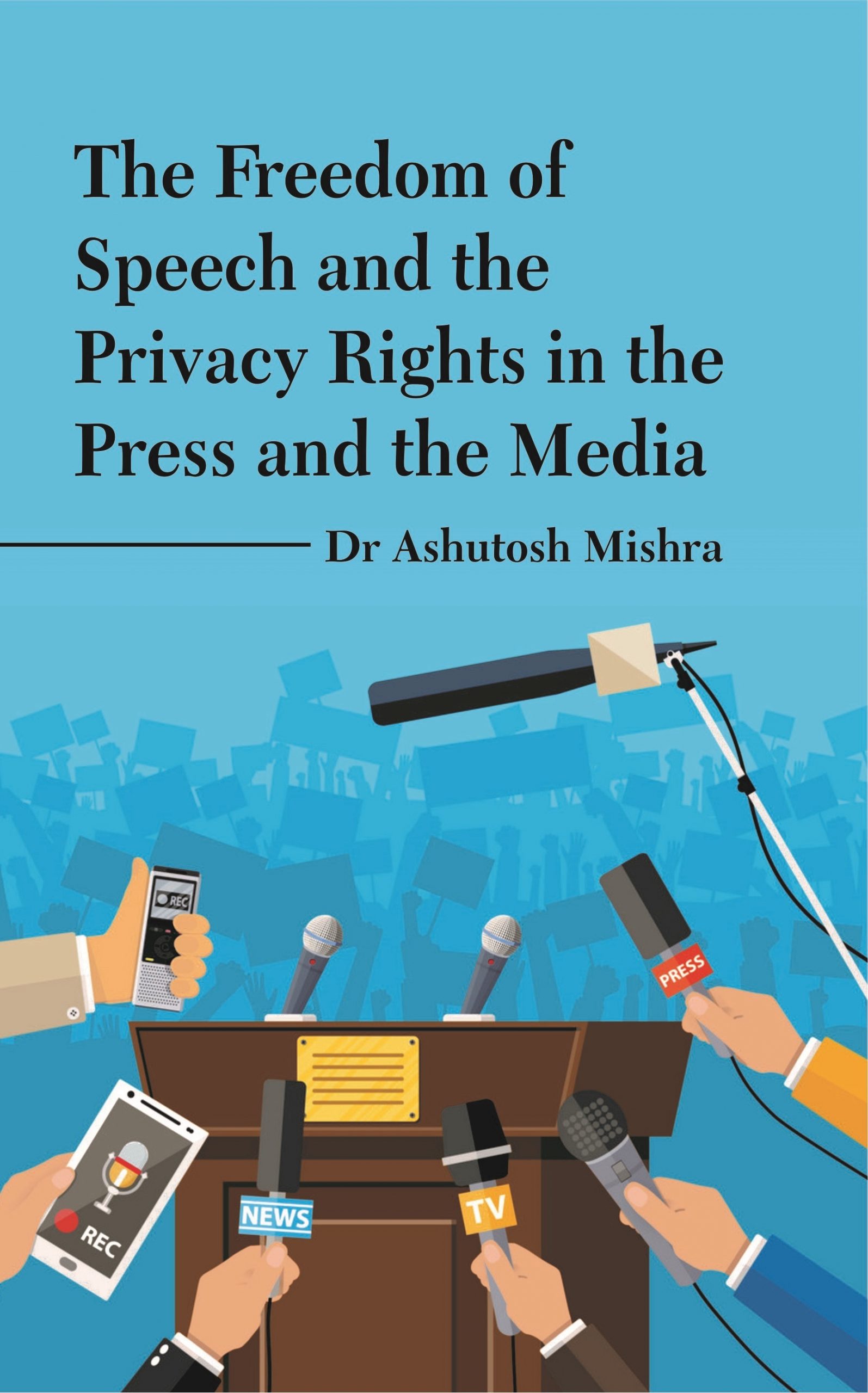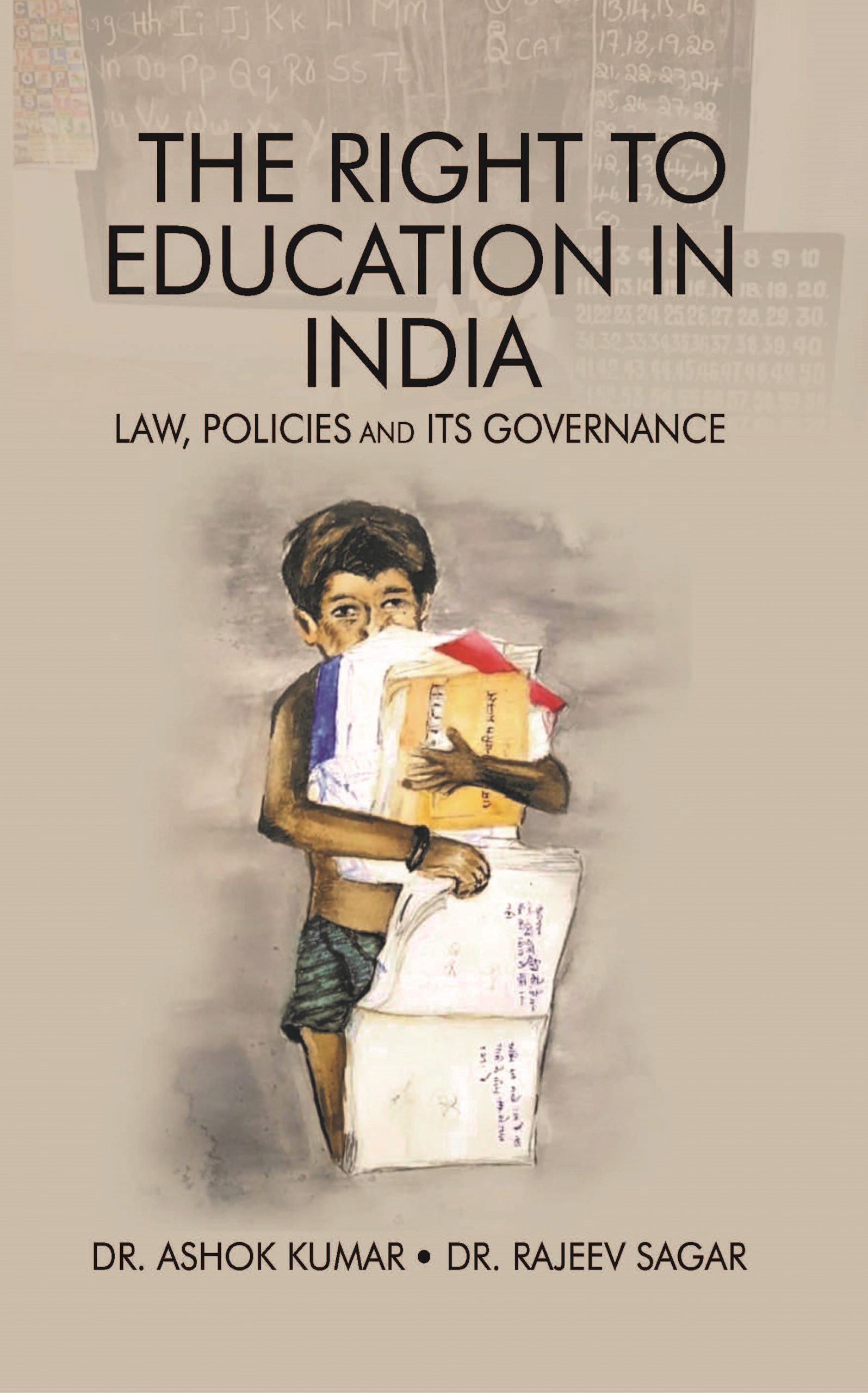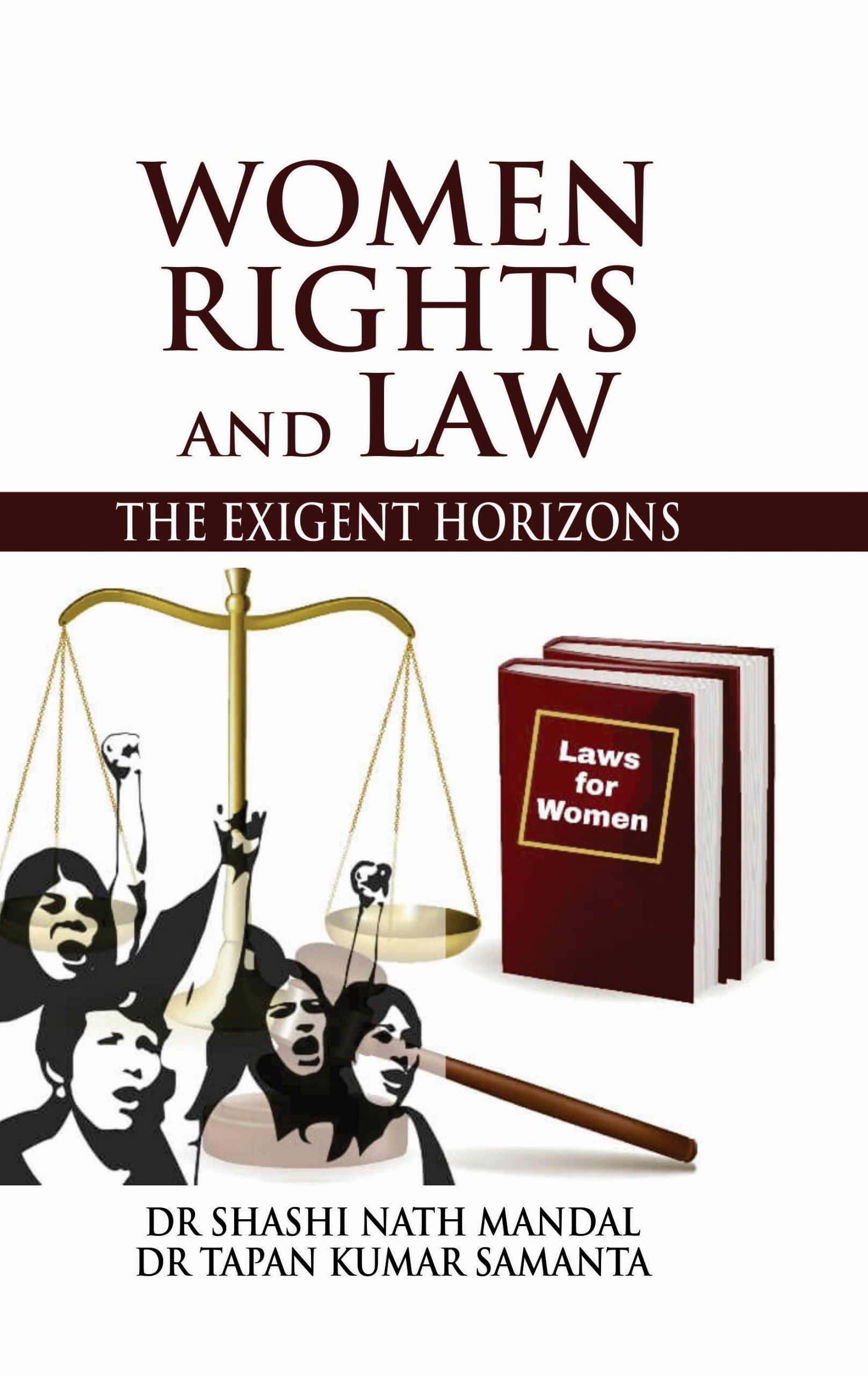
ROLE OF CORPORATE GOVERNANCE IN THE TIME OF A CRISIS
Businesses around the world have been faced with an unprecedented challenge of keeping their business amidst a sudden outbreak of a pandemic. There have been various restrictions imposed by governments and enforcement agencies throughout the world that directly affected the functioning of the businesses and raised significant challenges pertaining to corporate governance. Corporate governance involves organizing the ownership, management, and control of a corporation while influencing the key decisions and strategies of any company including recognition and allocation of interests of the stakeholders of the company including shareholders, customers, banks, management, and employees.
The global financial crisis back in 2008 set off a huge liquidity crisis that arose from the collapse of prominent banks and financial institutions and governments and institutions across the world scrambled to save financial institutions and businesses. Twenty years down the lane, it appears that the world is once again gripped and paralyzed by a crisis caused due to the COVID – 19 pandemic. Although the COVID – 19 pandemic is a health-related crisis, it has had immense effects on almost economies of all the countries of the world and has also affected the day to day lives of millions of people. The pandemic has unleashed a crisis of a magnitude that mankind has not experienced in recent times. The global COVID-19 pandemic has disrupted businesses and economies all over the world. Several economists predict a worldwide recession as a result of this pandemic.

THE FREEDOM OF SPEECH AND THE PRIVACY RIGHTS IN THE PRESS AND THE MEDIA
Press and Media provide a medium to express one’s feelings, opinions and views. In this way, it plays a crucial role in shaping the thinking process and opinion of the general public on various topics of regional, national and international scale. A free and independent Press and Media is thus an inevitable requirement of any society. The Courts in India recognised this necessity, and made ‘Freedom of Press’ a part of the Fundamental Right of ‘Freedom of Speech and Expression u/Art.19(1)(a) of the Constitution of India. However, just like all other Freedoms u/Art.19, Freedom of Press is also subject to reasonable restrictions.
The other side of the Freedom of Press is the Right to Privacy of the individual who is the subject of this Press. In exercising its Freedom, the Press and Media cannot ignore its duty to respect the privacy of others. There have been far too many instances where media exposure has dashed the personality, reputation and careers of individuals. Such instances not only violate the individual’s Fundamental Right to live with liberty, dignity and respect, but also his Right to Privacy, which has been recognised as an integral part of the Right to Life of an individual u/Art.21 of the Constitution of India.
Thus, with the increased importance of the role of Press and Media, the need for accountability and responsibility also increases. There is a need to maintain a balance between the two seemingly contradictory Rights of Press and Privacy. Right to privacy should act as a check on how far the Media can encroach in an individual’s life in the name of Freedom of Press. This is clearly a complex process which demands keeping in mind the interests of the parties at both ends. This is where the Judiciary steps in to restrain the media from intruding into individual privacy, and set benchmarks for future Press and Media reporting.
In light of the above, this Paper shall bring to light the emerging privacy concerns in light of the Freedom of Press. It shall examine both, the National and International law on Media and Privacy, and then focus on how the Indian Judiciary has maintained a balance between these two Rights. The Paper shall also provide suggestions on improving the balance between these two seemingly conflicting Rights.

THE RIGHT TO EDUCATION IN INDIA, Law, Policies and its Governance
The Book Deals with variousaspects of Right to education and it’s Governance in India. The Present era is era of Information Revolution, information is Power and Education has power to empower the Child. The child is the future of every nation. In a democratic and welfare state like India, it’s the duty of the state to raise the level of nutrition and the standard of dwelling and to enhance public fitness because schooling and health are two basic wants for human well-being.
When most people hear the word, “Governance” they think of “Government” but Governance implies more than a formal government. The Governance is the process by which governments are selected, monitored and replaced. In practice, good governance involves promoting the rule of law, tolerance of minority and opposition groups, transparent political processes, an independent judiciary, an impartial police force, and a military that is strictly subject to civilian control. Above all, good governance means respect for human rights. Primary education is far from universal and the Millennium Development Goals (MDGs) remains elusive. UNICEF (2008), the agency responsible for tracking progress on this MDG, estimates a net primary school enrollment rate in developing countries of 84%; this is also its estimated average for India. In view of this, governments across the developing world have instituted a wide range of policies aimed at encouraging school enrollment.
The present book adopts new approach to explore Right to Education with combination of quantitative and qualitative analysis. This book would be very important to researcher, Professional and policy makers.

Women, Rights and Law: The Exigent Horizons
The present work titled ‘Women, Rights and Law: The Exigent Horizons’ is the result of an extensive work taking reference of the existing position of women, its lacking areas, challenges and prospect of women growth through law in India. The study of available relevant laws is penned in the following ways:
Chapter 1: Women and Law, it reveals classical study of the position of women in general and existence, development and empowerment of women in particular under laws, taking into account the prevailing obstructions;
Chapter 2: Evolution of Women Rights, this part analyses the development of women rights from vedic period to the modern period including the new age of post-modernism and feminism;
Chapter 3: Global Initiatives for Protection of Women Rights, this section critically represents the global legal protections extended to specify and portrait a separate frame of women, their rights and protection globally;
Chapter 4: Women Rights and Protection under Indian Constitution, this area of the bookexplains the various constitutional provisions including the provisions of related legislations, which have been contributing in the protection and development of women rights;
Chapter 5: Judicial Intervention for Women Rights and Protection,this section analyses the intervention of judiciary through pertinent judicial pronouncements and illustrates as to how the apex court and higher courts have taken positive view in ensuring the rights and protection of women through their interpretations and activism;
Chapter 6: Women Rights and Protection under Labour Legislations, this partexplains the provisions of various labour legislations through which the women’s rights have been categorically established and protected;
Chapter 7: Women Rights under Specialized Protective Mechanism,this piecedemonstrates the areas and legal provisions of the specialized protective mechanism like National Commission for Women(NCW), National Human Rights Commission(NHRC), Internal Complain Committee(ICC) etc, which are effectively ensuring and protecting women rights;
Chapter 8: Women Rights under Personal Law, this area explains the relevant areas which ensures and improves the position and rights of women in personal law areas;
Chapter 9: Women Rights and Protection under Criminal Law, this section discusses the various provisions of criminal laws through which the rights of the women have been recognized specifically;
Chapter 10: Human Rights of Women in India, this part explains the various human rights of women and their protection under available laws;
Chapter 11: Women Rights and Protection: The Paving Ways, this component highlightsnthe obstruction available in the various laws and also expresses the ways to overcome the impediments in law, in order to ensure maximum rights of women with minimum efforts and hindrance in their enjoyment.
The authors believe that the students, researchers, teachers and legal practitioners will definitely find a bunch of ideas and resolutions after going through the present creation.
